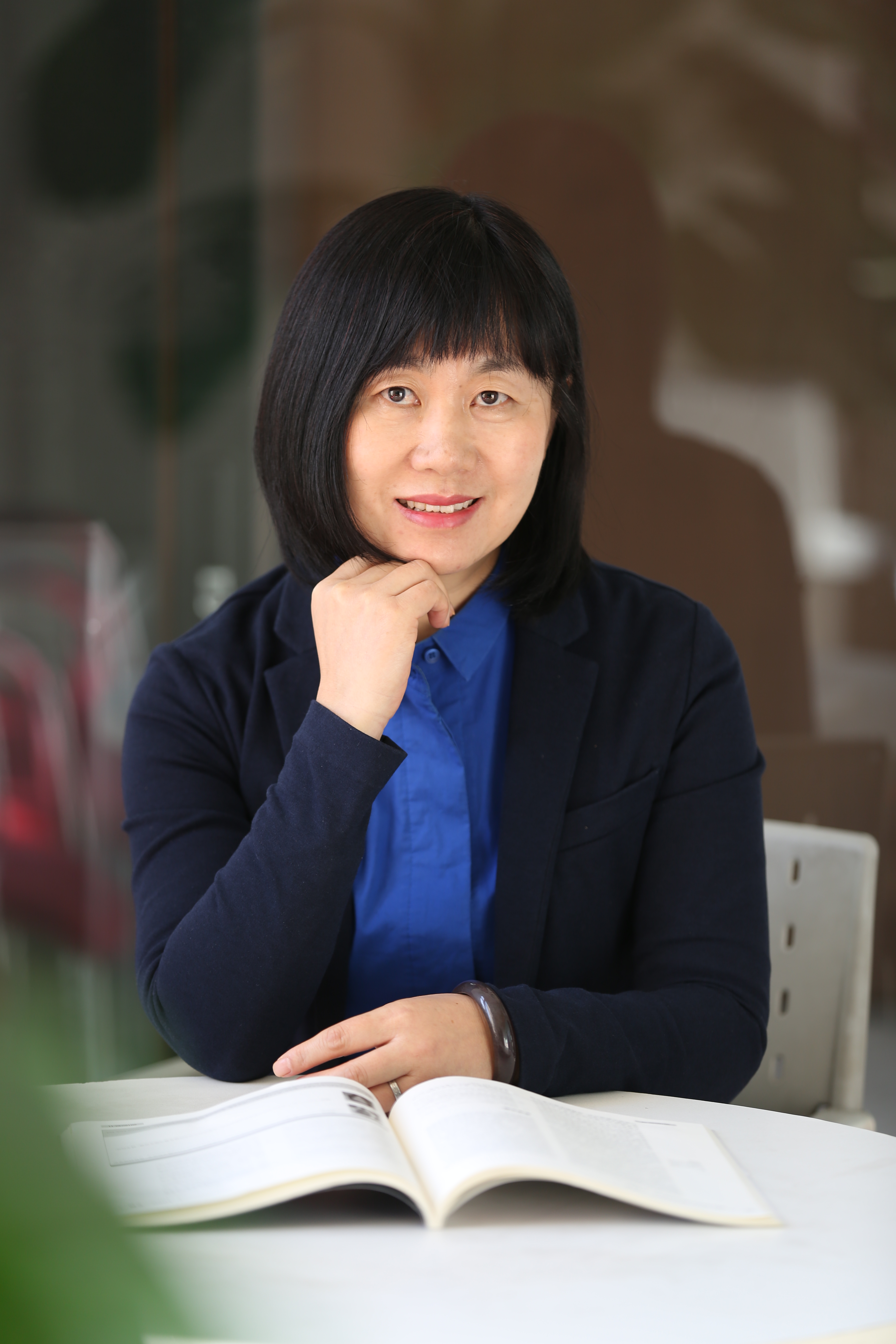Dr. Liu Shixia, Professor at the School of Software, Tsinghua University, received the 2022 VGTC Visualization Technical Achievement Award for her research on topic-based visual text analysis and visualization on explainable artificial intelligence, which have been highly recognized by the academic community and industry.

Dr. Liu founded the visual analytics group at School of Software, Tsinghua University, and serves as director of the School’s Academic Committee. Before joined Tsinghua in 2014, she was a lead researcher at Microsoft Research Asia from 2010 to 2014, and a research staff member and research manager at the IBM China Research Lab from 2022 to 2010.
Dr. Liu received her Ph.D. in Computer Science in 2002 from Tsinghua University. She received an M.S. and B.S. in Mathematics at the Harbin Institute of Technology, China. Her research work focuses on topic-based visual text analysis, which aims to address the challenge of the diverse meanings of natural language expressions. She and coworkers integrated sophisticated analytical techniques tightly with powerful interactive interfaces, so that people can explore and understand analysis results incrementally that would not be possible using traditional approaches. Her landmark work, TIARA, was the first to combine sophisticated, topic-based text summarization techniques with interactive visualization to support iterative and progressive text analysis. TIARA was adopted by TextFlow for analyzing topic merging/splitting. It is based on a hierarchical Dirichlet process mixture of multinomial distributions and a river metaphor. Later, she and her coworkers demonstrated the usefulness of visual analytics for streaming text analysis and heterogeneous text analysis. She has received 4 honorable mentions, had 2 IEEE TVCG spotlight articles and an IEEE PacificVis Top 1 cited paper in the past decade. Her IEEE VIS paper on TextFlow is highlighted as one of the representative works in the 25 years’ history of IEEE VIS. Her topic-based text visualization technology has been used in mass-market products, including IBM Cognos, Microsoft Bing, and Microsoft Power BI.
Dr. Liu has also contributed to visualization for explainable artificial intelligence. Her work on understanding deep learning models particularly stands out. In the past, most analysis systems for machine learning models focused on understanding model results without knowing the inner workings of the models. She and her coworkers fundamentally changed this situation on analyzing machine learning models. Her work, CNNV, was among the first to employ visual analytics techniques to explain the inner workings of deep convolutional neural networks and diagnose the ones with unsatisfactory performances. She and her coworkers further proposed visual analytics approaches for 1) understanding model robustness; 2) debugging deep generative models, boosting models, and data quality issues. Her work also attracts interest from industry. For example, CNNVis and BOOSTVis were used in Alibaba Cloud's PAI machine learning platform, a machine learning solution of Siemens, Inventec Co., and Kuaishou Co., facilitating model developers in building a high-performance machine learning model more efficiently.
Through high-quality publications, keynotes, workshop organization, special issue organization, and community service, she has fostered and popularized the research topics of “visual analytics for text analysis” and “visualization on explainable artificial intelligence”. She has published over 150 impactful papers on visual analytics and machine learning and has over 50 patents. She was a paper co-chair of IEEE VAST (VIS) in 2016/2017 and IEEE PacificVis 2014. She has been on the IEEE VIS steering committee since 2020. She is an associate editor-in-chief of IEEE Transactions on Visualization and Computer Graphics, and an associate editor of Artificial Intelligence, IEEE Transactions on Big Data, and ACM Transactions on Interactive Intelligent. She was inducted into the IEEE Visualization Academy in 2020 and elected as an IEEE Fellow in 2021.